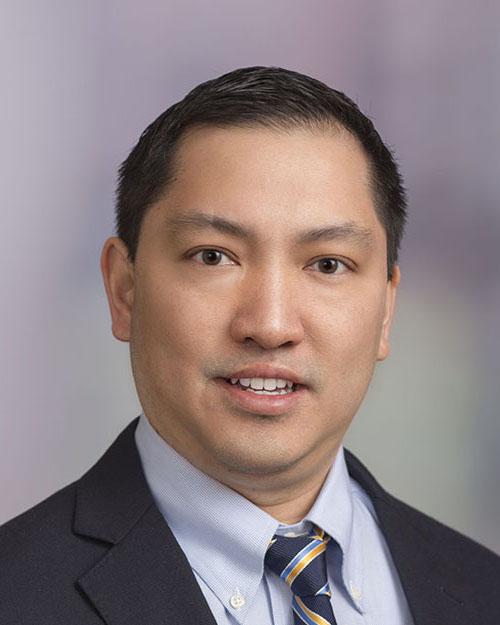Varicose Veins & Other Vein Diseases: Symptoms and Treatment
April 16, 2025
This article was reviewed by our Baystate Health team to ensure medical accuracy.
 Yiming A. Ching, MD
Yiming A. Ching, MD

Health & Wellness Tips
Related Articles
Back to Top













